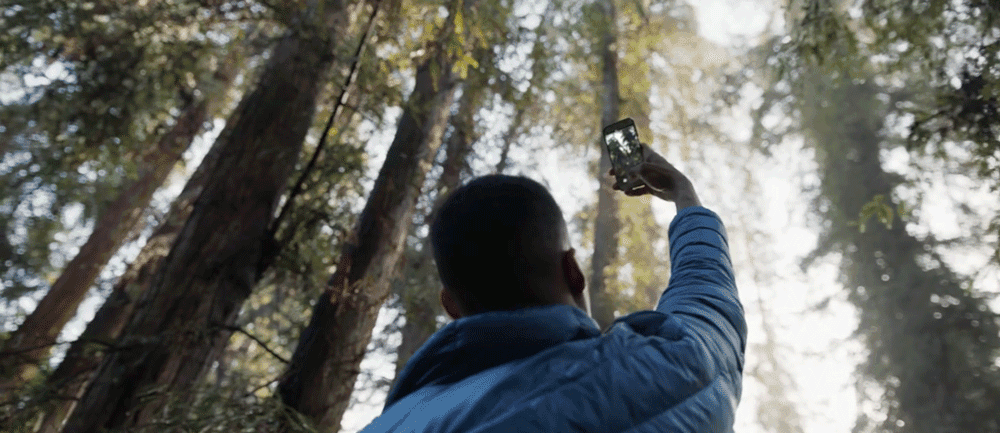Right now, the standards we expect on the web are being re-written for mobile. The rise of stories across Snapchat, Instagram, Whatsapp, Messenger and Facebook is the perfect example of this.
The News Feed is outdated and stories are becoming the default for content consumption.
Very few formats, features, apps, or services are truly unique.
Facebook, for example, didn’t invent the vertical scrolling feed.
For decades, way before Mark Zuckerburg even enrolled in Harvard, online content has been viewed in vertical, scrolling feeds.
From reading content on blogs and news sites to seeing which of your friends had recently made changes on Bebo, we’ve been accustomed to seeing data aggregated vertically for as long as I can remember.
What Facebook actually popularized was the algorithmically-sorted feed, which they pioneered in 2006 with the release of their News Feed.
Since the New Feed’s launch, we’ve seen Facebook’s influence on across the web, with many platforms also adopting algorithms to show users more specific, personalized content that some data wizardry has deemed they’ll have an interest in:
- In 2016 Instagram shifted to algorithmically-sorted feed
- Twitter launched “While you were away” to show tweets you may have missed since you last opened the app
- Medium orders your homepage based on content you’ve read/recommended in the past
And now, since Snapchat brought the stories format to prominence, we’ve seen its influence reflected across mobile, with many of the largest social/media products in the world implementing their own version. From Facebook Stories to Medium Series and Twitter Moments.
You see it all the time. When one app or product breaks out and challenges the norm, others will follow. You just need to look at how many Uber-for-X or Tinder-esque apps have been released over the past couple of years.
But why do we see this copy-catting with successful new technologies?
As Wired writer, David Pierce explains, when a system works, it’s just easier if everyone implements it:
Having one broadly adopted system just makes life easier, since people don’t have to learn a new language and dance routine every time they want to try something. It happened a while ago on desktop PCs, for instance: it was eventually decided that keyboards should be QWERTY, interfaces should be graphical, and things should scroll up and down.
Why Stories are the new News Feed
The News Feed is not a native experience on mobile
The News Feed was designed for desktop and was a wonderful place to share text-based statuses and links to your favorite blog posts, the funniest YouTube videos and full albums of your holiday photos. But social media has now moved on.
Facebook now reaches 1.86 billion monthly active users and the biggest driver in revenue and user growth is on mobile. Facebook now counts 1.23 billion daily active users, where 1.15 billion of them are on mobile. For ad revenue, mobile represents 84 percent of the total, too.
In contrast, as mobile has increased its dominance across the web, Facebook has seen a drop in original user-generated content shared to its platform with a 21% decline reported between mid-2015 and mid-2016.
“The way people have been prompted to share for 10 years, it’s very text-centric,” Facebook Camera product manager Connor Hayes explained to TechCrunch. “Even when you look at the way we’ve done this on mobile, you can see half of the screen is still taken up by a place for you to type text.”
Whilst Facebook is seeing a downward trend in user-generated content, Snapchat is reportedly generating more than 10 billion video views daily and over 150m Instagram users are creating stories each day, too.
It seems that sharing to a feed isn’t quite as appealing anymore. Neither is consuming content via a vertical feed.
The camera is becoming the focal point of communication
With the News Feed, users have to put in a lot of work to get any value: Content is surrounded by empty space, you have to scroll to find something that interests you and, often, content doesn’t take up your whole screen, so you have to tap to enjoy the full viewing experience.
“We like to think of the camera as the new keyboard,” a Facebook Product Manager told TechCrunch. And in Snap’s IPO letter to investors, Evan Spiegel wrote: “In the way that the flashing cursor became the starting point for most products on desktop computers, we believe that the camera screen will be the starting point for most products on smartphones.”
Sometimes it’s hard to encapsulate moments or feelings in words and this is where the camera comes into its own as a communication tool. Through photos and videos we can share the fun, fleeting moments of our lives with those closest to us, without needing to sum them up in a sentence or two.
Of course, the camera won’t fully replace our need for a keyboard just yet, if ever. And Facebook see Stories as an “additive,” sitting alongside the News Feed and their other products rather than replacing them. “We’ve tested in markets with Instagram Stories and Messenger Day, and we’ve seen this as accretive. They end up posting more and they like using the Stories format across apps,” Hayes said.
A shift in sharing habits
With the rise of Snapchat, we’ve become accustomed to sharing multiple and frequent updates throughout the day – a way of communicating that just doesn’t fit with a traditional, web-based vertical feed.
With a vertical feed, it’s hard to lace together groups of posts into a cohesive story someone can easily follow along. A case in point here is live sports on Facebook, I often see scores and in-game updates showing in my feed hours after a game is completed.
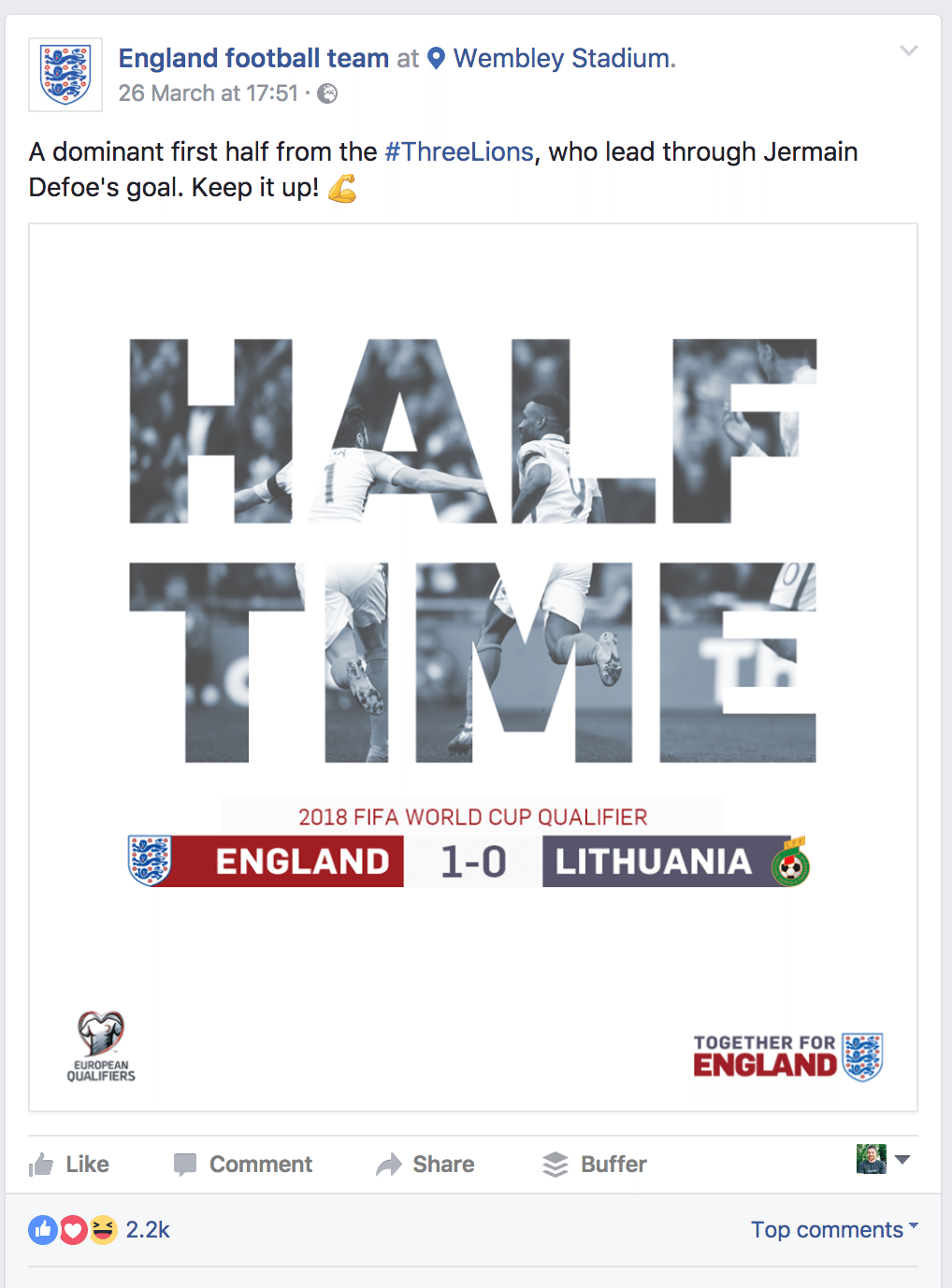
But with stories, everything is there, in one place from start to finish. Viewers always see the first post in story ahead of the newest or most popular post.
The beauty of stories is really in how easy they are to create and consume. In just a couple of taps and swipes, you can create and share snippets of your day. Stories enable us to share the exciting, vivid moments of our lives in-the-moment. And rather than posting a singular highlight of our day to the News Feed, we can share immersive narratives that tell a story over a 24hr period of time.
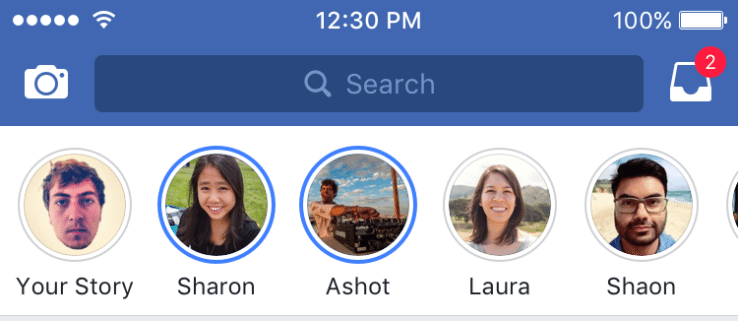
Just as the News Feed has been the default way to discover and consume content for the last decade-or-so, I feel all social channels will eventually shift to stories-like, mobile native ways to create and consume content. The ephemeral nature of Stories – they disappear after 24hrs on each channel – also make them must-view content.
“Stories are a format, not an app,” Mills Baker, former Product Designer at Facebook, explained on Quora. “When Periscope and Meerkat, and later Twitter and Facebook (and others) launched “live” video, or when multiple companies offer solutions for “360-degree” videos, we view it as something much nearer to a commodity feature than a unique innovation.”
The launch of Facebook Stories enables Facebook to begin a gradual shift towards a mobile product that’s truly built for the mobile/video world. With stories, the core Facebook product and News Feed continues to work for everyone, but they can now simultaneously support newer users and those with a thirst for sharing, too.
Since rolling out Instagram Stories in August 2016, Facebook has launched variations of Stories across its various platforms with Messenger Day, WhatsApp Status and Facebook Stories.
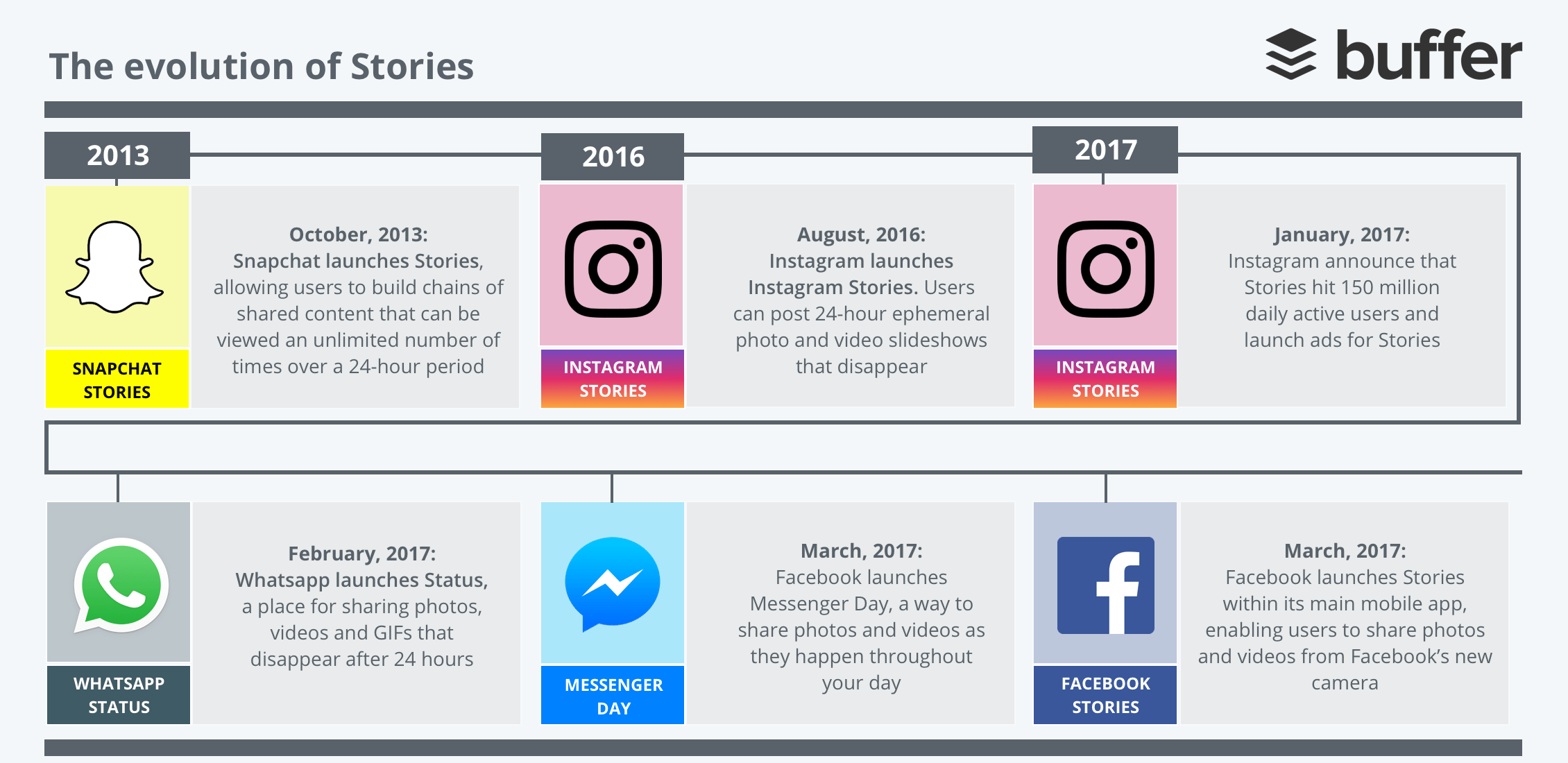
Additionally, Twitter has launched Moments as a way to stitch together groups of tweets into a narrative and Medium has recently launched Series as a way to encourage users to create stories that unfold over time.
How Stories changed the way I think about social media
When Stories were first introduced by Instagram, it felt like a bit of a gimmick: “Hey, the cool kids at Snapchat are doing stories. Let’s do them, too.” But stories are much more than a gimmick. They’re a potentially seismic shift in how we create and consume content.
And with the recent launch of Facebook Stories, the format has now been exposed to Facebook’s 1.16 billion mobile users – way more people than have already used stories on Instagram and Snapchat, who both have ~150m people using the feature:
- Snap announced in their S-1 filing that Snapchat had 158m daily active users in Q4 2016
- Instagram announced that Stories had 150m daily active users in January 2017
Stories, by nature, are more immersive than other types of digital and social content. The experience exists within a single place and doesn’t try to drive you away to new websites and platforms (though Instagram has experimented with links in stories).
The uptake of Facebook Stories in many markets hasn’t been as immediate as the adoption of stories on Instagram, however, I firmly believe that the feature’s launch signals a huge shift in the way we’ll consume content on mobile and the type of content we’ll share.
Creating opportunity for shared experiences
The future of social media will no longer be about sharing only the perfect moments. It’ll no longer be about retweets and how many people like your content. It’s about going deep, not wide: how many people are tuning into your stories each day; how many people share your content directly with their friends and close-knit groups and how we use storytelling to create empathy through shared experiences.
User-generated content has always been valuable for brands, but stories have taken the possibilities to the next level and created a space in which everyone can create and share authentic content in important moments.
For example, Snapchat regularly curates crowd-sourced stories around large and important events, enabling anyone, not ‘influencers’, in a location to share their experiences at scale.
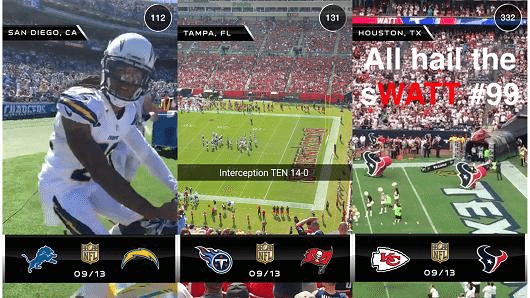
Snapchat has also opened up its search functionality to allow users to search for accounts to follow or stories to watch based on topics.
This opens up new opportunities for users to discover content that’s relevant to them—whether it’s a local event in their home town or at a huge national sporting event.
Series on Medium, another stories-based feature, also enable shared experiences between the creator and consumer. For example, one series tells the story of someone training to be able to dunk a basketball, documenting his struggle along the way.
Series differ from stories in a couple of ways: Series are permanent and writers can create multiple series at the same time. With Series, you don’t have to publish a long-form piece on content and can instead tell a story periodically in a way that’s mobile friendly to create and consume.
Brands (and dollars) follow attention
Why should brands care about stories?
The stories format has gained velocity as a user behavior and is much-loved by the individual people who contribute on social media: you, me, our friends and family. Shifts like the News Feed and shifts like stories first occur because of demand by individuals. And as more and more people start using a platform or behavior, businesses follow.
In the early days of Facebook, Twitter and Instagram, many businesses didn’t quite know how to use these new platforms. But those who did won big.
Social media early adopters knew attention was shifting away from more traditional channels like radio, TV and email and into social. They joined the conversation in an authentic, compelling way and began to build huge audiences, often from nothing, and shifted their budgets over from traditional advertising channels to social.
It feels like we’re about to see a similar shift again, with attention moving away from a vertical scroll and into stories.
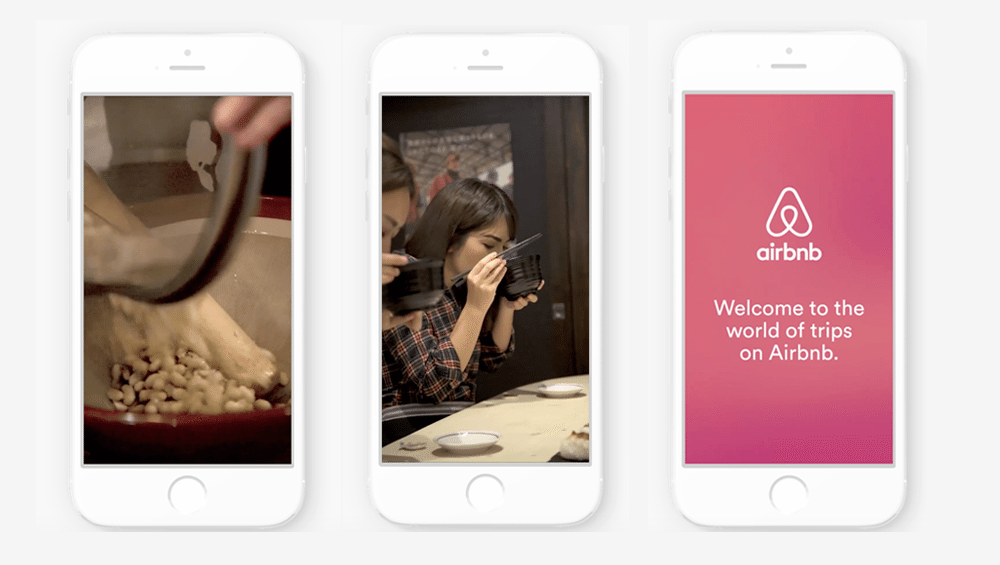
Ad dollars will always follow attention. And with the addition of Stories to Facebook’s main app and Instagram, Facebook has created additional revenue streams and opportunities to monetise content separately from the News Feed.
Alongside paid marketing opportunities, there will also be additional opportunities for reach and engagement through stories as it’s the medium that many consumers are going to be using. This has been evidenced by the fast adoption of Instagram Stories by businesses.
“Immersive storytelling through Instagram Stories engages and invites our community to be part of an adventure. Instagram provides us the perfect tools to build awareness around our recently launched product Airbnb Experiences,” says Eric Toda, Global Head of Social Marketing and Content at Airbnb. “By creating and publishing experience-driven stories, we can truly captivate and reach travelers wishing to book aspirational trips on Airbnb.”
Stories and Camera: Two new advertising opportunities
Facebook makes billions of dollars in profit every quarter, largely from its incredible advertising product. And yep, you guessed it, stories bring new advertising opportunities to Facebook as well.
Snapchat and Instagram already include ads between two stories from your friends or other accounts you follow and I don’t think it’ll be long before we see ads between stories on Facebook, either.
The big opportunity here is to create additional ad space in products that have previously been hard to drive ad revenue from, like Messenger and Whatsapp.
Conversations are hard to monetize and if Facebook were to inject adverts in-between instant messages it would probably be met with much anger from users. Adverts between videos, however, is much more accepted. If Messenger Day and Whatsapp Status begin to see traction, Facebook could have ways to increase revenue from both those products.
On a similar note, Series could also provide a route to revenue for Medium with full-screen interstitial ads that showing up between slides.
Driving revenue from the camera
The new Facebook camera also launched with six Snapchat-like lenses from six major Hollywood studios to promote current or upcoming releases:
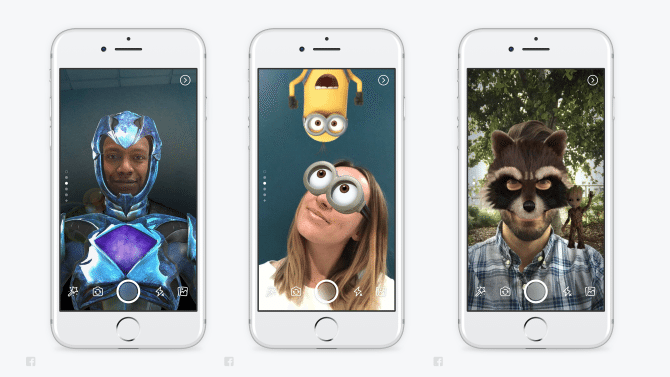
This is another way for Facebook to create additional revenue from its largest advertisers (who can afford the likely six-or-seven-figure costs associated with these types of sponsorships – Snapchat reportedly sells these sponsorships for between $450,000 and $750,000 per day).
Sponsored Lenses on Snapchat has already proven to be a great business advertising model, with Gatorade’s sponsored Super Bowl Lens which generated over 100 million views over SuperBowl weekend – that’s almost as many views as the game received live on TV (111.9 million).
By using an augmented filter on a selfie, and making themselves a part of the content, brands can create fun, shareable experiences for consumers, instead of adverts.
By integrating stories and launching a new camera, Facebook has opened up new advertising opportunities in places that ads would have previously felt invasive.
Over to you
Have stories changed the way you use social media? Do you find it challenging to come up with content for stories across platforms?
What do you think the future of social media looks like?
Leave a comment below, I’m excited to hear your thoughts and join the discussion ?
Try Buffer for free
190,000+ creators, small businesses, and marketers use Buffer to grow their audiences every month.
